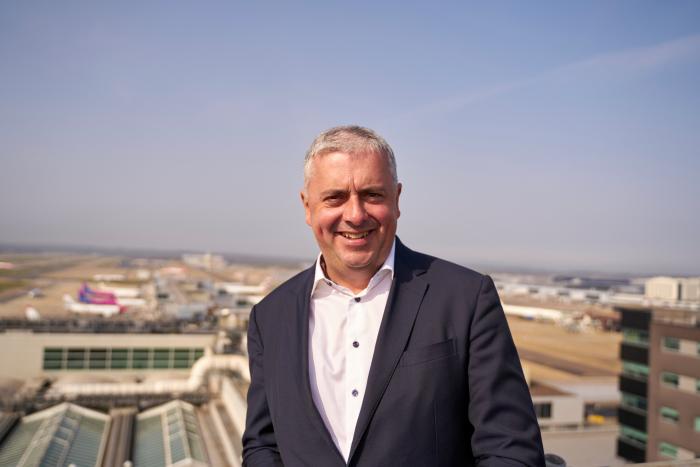London Gatwick is my local airport, so it was with some degree of excitement that I made my way to the ‘staff only’ floors of the South Terminal. The airport equivalent of Platform 9¾ for Harry Potter fans who also read Airports International.
I began by asking chief executive officer Stewart Wingate about the challenges facing the sector and their impact on the airport. Rather than dwell on the negatives, Wingate was quick to outline the progress Gatwick has made.
He told me: “We've now had two years of re-establishing our business in a very successful way, I would argue, following the [COVID-19] pandemic. Obviously, the pandemic was very, very painful for us. But when we look at both 2022 and 2023, I think we have bounced back very strongly indeed.”
Wingate notes that airports’ success tends to be judged on passenger volumes. Just under 41 million passengers travelled through Gatwick in 2023, he says, representing 88% of the 2019 (pre-pandemic) total, adding, “This reflects a lot of hard work, not only by the airport staff, but by the whole community. It was [a case of] the airlines, the airport, retail and ground handling staff all pulling together to be able to operate a single runway airport at that sort of intensity.”
He estimates that Gatwick’s European short-haul passenger numbers, which have always accounted for the bulk of the airport’s passenger volumes, have already surpassed 2019 levels.
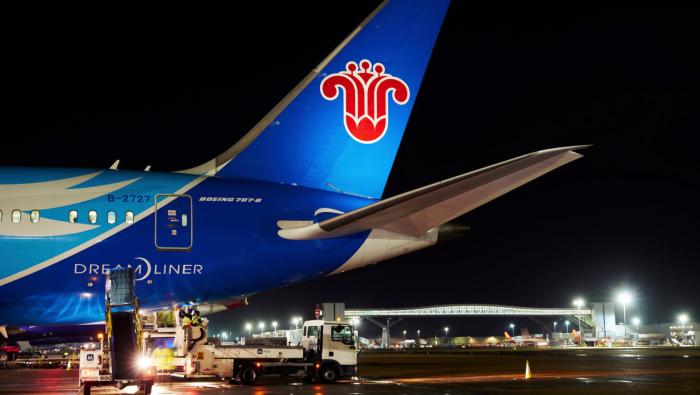
Eastern ambitions
There is clearly an appetite for travel. In response, Wingate says, he and his team have been focusing on providing greater choice, particularly on long-haul routes.
He said: “We always knew long haul would take longer to recover. But the good news is that today we are serving around 50 long-haul destinations. We’ve recently made several routes announcements alongside our airline partners, but the most notable concern China.
“We started to see the Chinese market open up, very quickly, in the first quarter of last year. We had three Chinese carriers either return or announce that they were coming here – China, China Southern and China Eastern.”
As a result, China-bound Gatwick travellers have options. The airport offers a range of flights to Shanghai, while China Airlines is to begin serving Beijing in June, with China Southern launching a service between Gatwick and its home base, Guangzhou, the same month.
When asked who he expects to take these flights to China, Wingate laughed and said “Me! I go to see the airlines to persuade them to come here.”
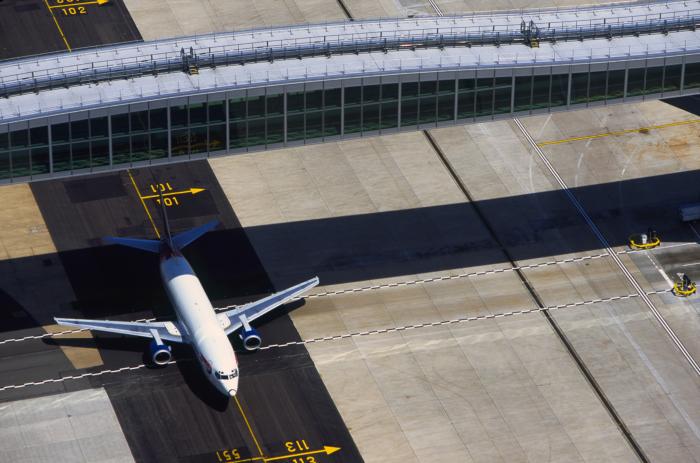
A Gatwick contingent has long been present at the Routes conferences, where airport and airline executives meet to negotiate routes in what Wingate describes as ‘an industry matchmaking event’. For all his joking, however, he is keen to underscore the importance of getting out and meeting airlines, not least on the back of a two-year-long hiatus. His business cards are evidence of this, bearing his details printed in Chinese characters.
But there’s more to these trips than social niceties. Wingate stressed: “We try to make sure when we get there, we do everything we can to explain what the proposition is. I think when you’ve been there, and seen the scale of the cities, and the wealth that’s being created... I’ve always thought that as and when the routes are set up, the flow of passengers will predominantly be from China into our country as opposed to the other way.”
Having travelled to China since 1998, Wingate is perhaps most impressed by the sheer size of today’s urban developments, and notes that high-speed train connections offer huge potential for connecting Gatwick with China’s secondary cities.
China is not the only Asian country on the Gatwick wish list. In June Singapore Airlines will start a Singapore Changi service. Africa is on Wingate’s radar too, with three Ethiopian Airlines flights a week from Gatwick to Addis Ababa, and he admits that the Indian sub-continent has long been a target. “Coming out of COVID-19,” Wingate said with some satisfaction, “the opportunity presented itself for Air India to start services to four destinations, which are going very well.”
Greater choice
Wingate believes his airport stands out in terms of the breadth of destinations served and airlines offered. “At Gatwick we’ve got all of the full-service carriers. We’ve got a really significant European, generally low-cost airline, base and still some leisure carriers. London Stansted Airport is predominantly low cost and mainly Ryanair, with very few full-service carriers. London Heathrow has very few movements operated by low-cost carriers. I think one of the things that marks us out is that we have this really diverse range of airlines. And as a consequence, we’re currently flying to more than 200 destinations,” he said.
Choice is a driving force at Gatwick, with Wingate and his team determined to meet the needs of the affluent region in which the airport sits. He says the business community in particular has been appreciative of the range of long-haul flights introduced in recent years. Opening up long-haul routes, he notes, stimulates economic activity at both destinations, which in turn can lead to more attractive passenger fares.
From home to hub
Asked what technology he expects to be a game changer for both passengers and airport operators, Wingate says one of his own priorities is the journey between home and hub. Gatwick of course has facilities for those who prefer to drive to the airport, not least the Gridserve Electric Forecourt. Launched earlier this year, the site features 30 electric vehicle chargers, available to the public via contactless payment.
This groundbreaking amenity aside, the airport is very keen to encourage people to travel to Gatwick by train. Wingate notes a key advantage – the airport sits on the Brighton Main Line, a major railway line that links Brighton, on England’s south coast, with central London.
He added: “We have seven platforms, which means outside of the big terminals of London, we’re the biggest single rail station in the southeast.”
Recent years have seen Gatwick work with railway network owner Network Rail, the train operating companies, and local government body Transport for London (TfL). In addition to building a seventh platform, the airport has opened a new station, featuring a concourse twice the size of its predecessor.
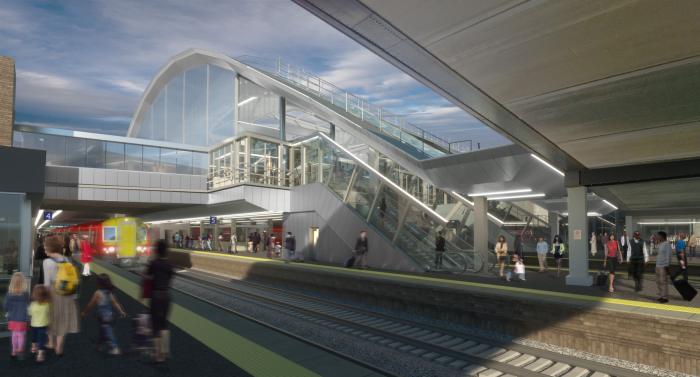
“We’ve also worked with the rail companies to ask how we as partners can get their technology for our passengers,” Wingate said. “We wanted to get into the Oyster zone [where travellers can use the TfL pay-as-you-go Oyster card], which means that for an international passenger or domestic passenger arriving, if you’re traveling to London, you no longer have to queue for a ticket; you can just literally tap in and tap out.”
As Wingate acknowledges, travellers usually take benefits like this for granted, but “to make that happen when you’re outside of the M25 [the London orbital motorway] takes a heck of a lot of effort from me and people on my team.” It’s also about seeing and grabbing the opportunity, he notes.
“We want a bigger catchment for people to get to and from Gatwick directly from their home stations. Connections within the southeast are strong, of course, but recent technological improvements mean we’ve now got services running direct to Cambridge and Peterborough, for example.
“You can jump on the train at Cambridge without having to fret about getting off at King’s Cross Station and transferring to St. Pancras Station. Literally your next stop is the check-in area of the South Terminal.”
According to Wingate, the changes mean that Gatwick can now be reached from more than 1,000 railway stations by changing trains just once. These improvements are part of a push to encourage more passengers to travel to the airport by public transport. The target is 60%. At present rail passengers account for 40% of those arriving at Gatwick by public transport – the aimis to increase that to 50%.
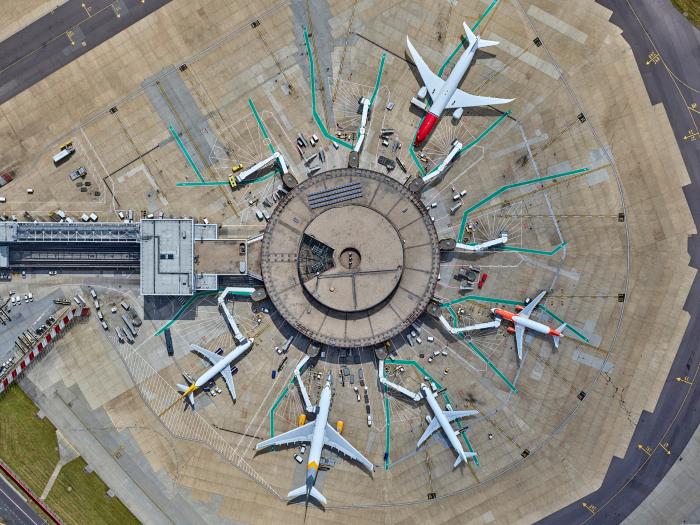
Terminal tech
The technological advancements do not stop on arrival at the airport. Wingate is particularly proud of the partnership Gatwick has forged with easyJet and the resulting benefits for passengers. The carrier, which accounts for 45% of Gatwick passenger traffic, now boasts 60 self-service bag drops in the North Terminal. These have proved enormously popular with passengers, so much so, that they have since been rolled out with other airlines, among them British Airways.
Security is a well-known pain point for travellers and another area where Wingate and his team have worked hard to improve the passenger experience.
He told me that upgrades to the security screening space were influenced by staff input. One of the key innovations involves providing space for passengers to pack and unpack their hand luggage at a comfortable height, rather than having to crouch down to rearrange the contents of their bags on the floor. “It still mesmerises me how many airports you go through and they just haven’t given any thought at all to this,” he said.
Gatwick was the first UK airport to automate border control and Wingate is proud that the smoothness of that element of the passenger experience extends into the security area.
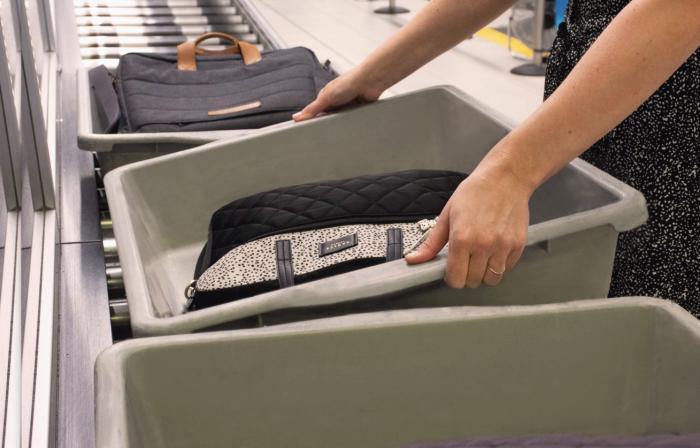
“We’ve invested a lot of time and effort in our security lanes,” he said. “If you look at our current layout, wehave very long lanes. We wanted a number of points where you could put your gear into the trays, at your own pace. We have seven injection points [per lane]. Once through the scanners, we also have very long run off lanes, then booths where passengers can place their trays and rearrange their belongings.”
Describing security as a key areain terms of technology, Wingate notes with some pride that in 2023, almost 98% of passengers were clearing security at Gatwick in less than five minutes. The airport also offers family and assistance lanes and a premium lane. “We don’t call it Fast Track because our main security is so fast,” Wingate explained.
A modern experience
Asked what airports he admires, Wingate cites Changi, Doha, Hong Kong and Heathrow Terminal 5, but is naturally keen to sing his own airport’s praises. He makes it clear that Gatwick is not planning to build new terminals, but to create ‘a modern experience’ for users of the existing spaces – the South Terminal, which dates back to the 1950s and the North Terminal, built in the late 1980s.
As for what sets Gatwick apart from other airports, Wingate says he places particular value on the opinions of those from outside the airport community, and notes that his friends love the self-service bag-drop. Travellers often compliment the airport’s security staff, too.
“I think the other thing that people recognise is the value proposition and the choice of flights and airlines that we offer. One of the things that struck me when I first came to Gatwick, in 2009, is that if I talked to the business community, one of their big beefs was ‘This is a wealthy area, in an enormous catchment area, with lots of businesses. Where have our long-haul flights gone?’,” said Wingate.
At the time, Gatwick had about 30 long-haul routes. Pre-pandemic the number had leapt to 65 to 70, with every new route cause for celebration, not least within the business community.
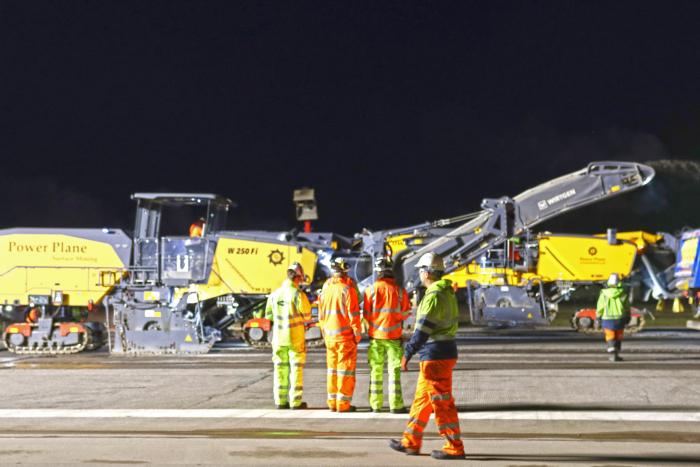
What comes next?
In terms of the airport’s future, it is a case of ruling nothing out, says Wingate. Rather than moving into advanced air mobility, as Middle Eastern hubs in particular are doing, Gatwick is focusing on how it can bring its northern runway into routine use. A planning enquiry is underway and Wingate hopes for a recommendation from the planning inspector before Christmas, followed by a final government decision in the first quarter of 2025.
“I think that’ll be the thing that marks out the future of Gatwick over the next several decades. If we can get that permission through, we will start building as early as 2025,” he said.
“To have the northern runway in routine use, towards the end of the decade, would give not only significantly more resilience on our airfield, but a growth pathway taking us, by the late 2030s, somewhere over 70 million passengers. That’s our focus for the future.”
Green ambitions
Expansion may be a priority, but so too is sustainability. Last year the airport announced plans to invest up to £250m to ensure it is net-zero emissions by 2030, ten years ahead of schedule.
Wingate notes that cutting emissions is at the forefront of industry minds, but mentions the uncertainties around how aviation will reach net-zero emissions, not least whether we will see electric or hydrogen planes, and the extent of the adoption of sustainable aviation fuel (SAF).
While electric aircraft may represent the glamorous side of the fight against emissions, there are other – perhaps less exciting – areas where improvements can be made. At Gatwick, heating causes 80% of emissions. The airport is looking at alternatives to gas-powered boilers.
Beyond the terminal, it is keen to decarbonise its fleets, a development that of course has not only environmental but financial implications.

Wingate explained: “Let’s say we’ve got a vehicle bought in the last two or three years. We will utilise that vehicle. There’s a fuel (HVO (hydrotreated vegetable oil)) which is like a stepping stone to decarbonisation. We’re rolling that out this year.
“Before the end of the decade, we will have converted the vast majority of our vehicles to electric alternatives. We have also started an electric car lease scheme for our staff.”
Wingate has long been an advocate of investing for the long term. He mentions Gatwick’s pioneering use of LED lighting on its airfield, explaining that while the lights are more expensive than the traditional type, they need to be replaced less frequently and use significantly less energy. Similarly, the airport’s baggage halls feature permanent magnet motors, which are more efficient and use less energy.
“At one stage, people assumed becoming greener would cost a lot more. But often, while there may be a higher upfront cost, the running and maintenance costs mean that if you look at the full lifecycle, the change actually drives efficiency into your business. We see that time and again,” he told Airports International.
This comment sums up Stewart Wingate’s attitude to Gatwick in a nutshell. Fiercely – and justifiably – proud of his airport, he engineered its survival during the pandemic and is now determined that it will thrive in the long term, with the help of technological innovation and paying close attention to both passenger needs and staff insight.
